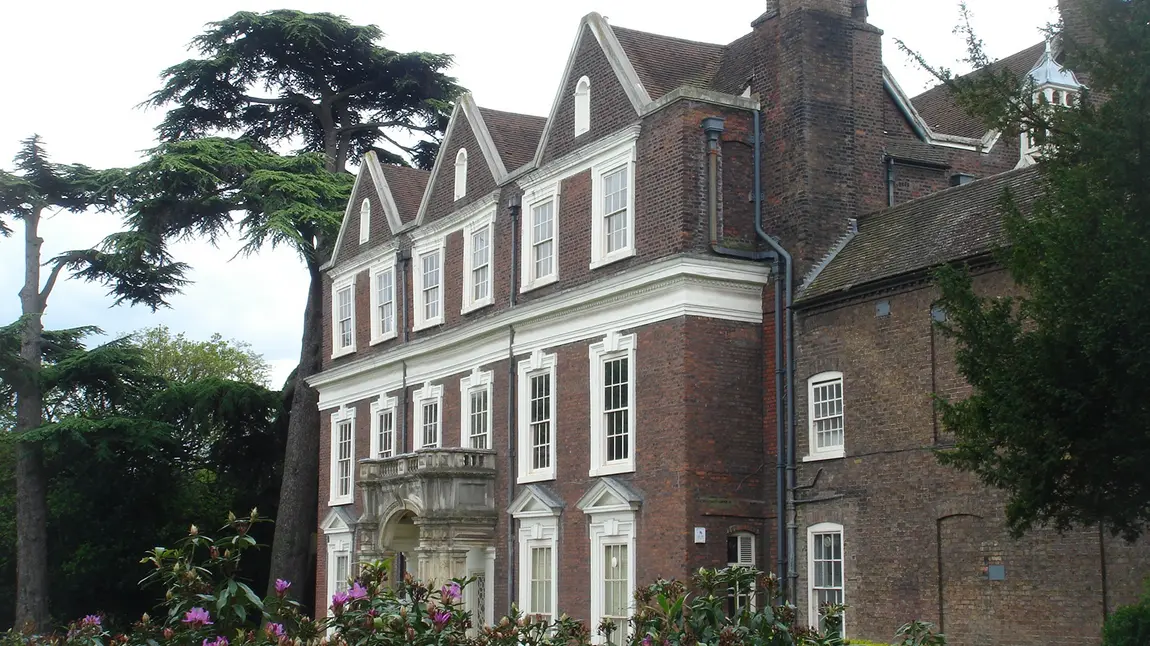Jacobean manor house secures support for vital conservation

The 17th-century building is a rare example of a double-pile Jacobean manor house, but is on Historic England's Heritage At Risk Register and in urgent need of conservation.
Hounslow Council, which owns the building, has been awarded initial support and a development grant of £204,000 from HLF. This will allow them to develop their plans for Boston Manor and apply for a full grant of £3.7million at a later date.
[quote= Stuart Hobley, Head of HLF London]“Boston Manor provides a unique insight into the architectural and social history of the area, but that heritage is at risk and urgent conservation is needed.”[/quote]
Alongside much-needed repairs the project will transform public access to the building and open up new opportunities for visitors, schools and volunteers.
Stuart Hobley, Head of HLF London, said: “Boston Manor provides a unique insight into the architectural and social history of the area, but that heritage is at risk and urgent conservation is needed. Thanks to National Lottery players we’re pleased to support this project which will secure the future of the building, create educational opportunities for all ages and open up the Manor and its story for more people to benefit from. We look forward to seeing the plans develop.”
Long history
Thanks to a long a varied past, Boston Manor provides a real insight into the social and architectural history and development of the area:
- Now a public park, the estate dates back to the Middle Ages
- Boston Manor was built in 1623 and is now Grade I listed
- The Clitheroe family bought the property 50 years later and owned it for 253 years before selling it to Hounslow Council in 1924
- It was used for a time as a school
- Badly damaged during the Second World War the manor underwent extensive restoration before being opened by the Queen Mother as a visitors centre and museum in 1963